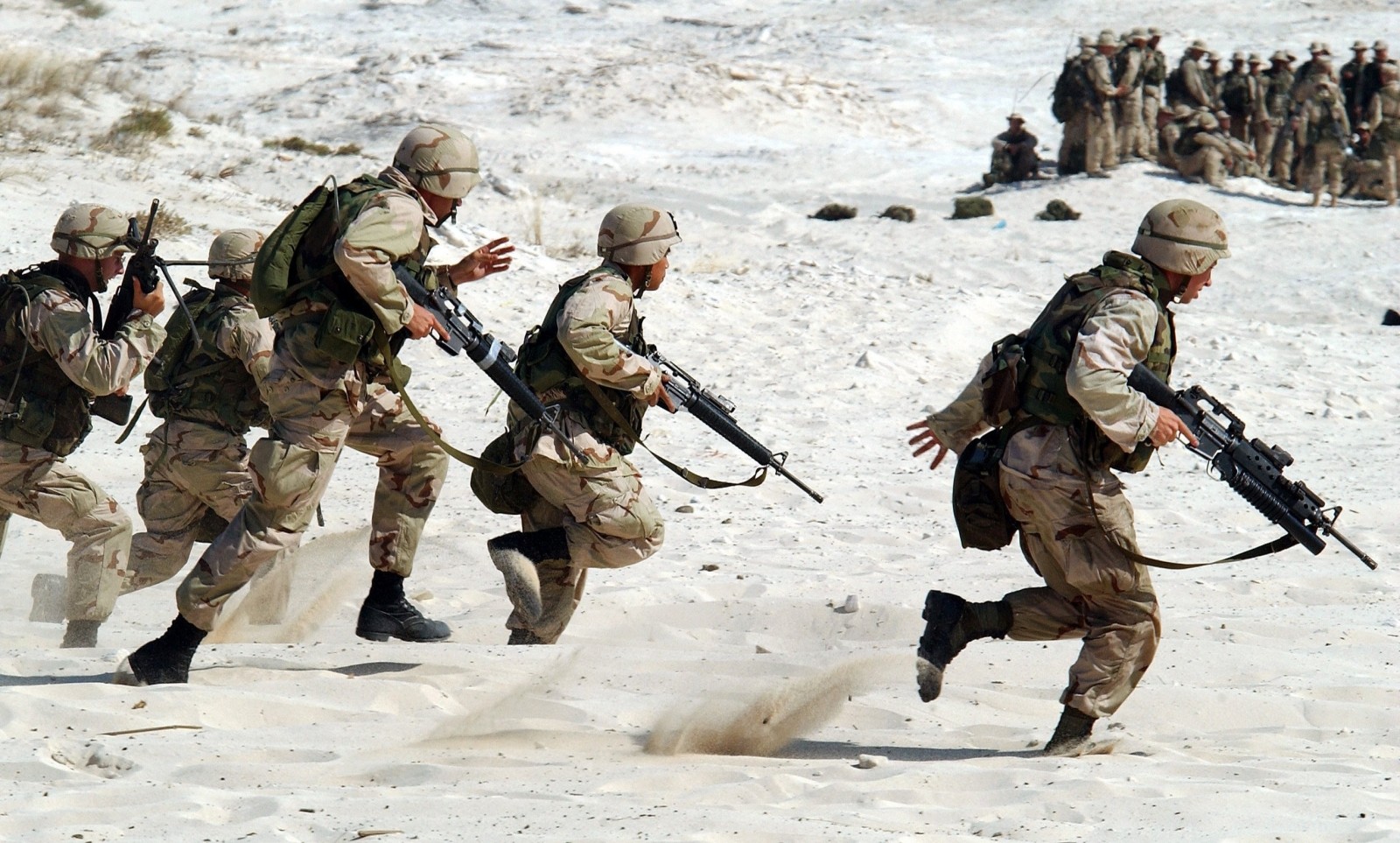Many times have we written that social media is a place for having fun and for light-hearted entertainment. As you may know, we did an analysis of the Pokemon Go phenomenon, the presence of pornstars on various social channels (and how they rock it), answered crucial questions like “Do music festivals’ lineups suit their fan’s needs?”, and gave advice on how to hijack social media during various sports events like the Super Bowl. Hell, we even tried to predict the results of EURO 2016 based on Facebook data. Nothing but fun. But is any of it important at the end of the day? The thing is – it’s not. Not as much as the media, who cover such stories as “How Oreo Won the Marketing Super Bowl With a Timely Blackout Ad on Twitter” want it to be.
With Arab Spring in 2011, Euromaidan in 2013 – 2014, and more recently the Brexit referendum campaign, Donald Trump’s rise as a GOP presidential candidate, and the failed attempt coup d’etat in Turkey, it’s clear that social media is a serious influence in politics. It can be used to mobilize people, to spread the news, to warn against repression, or to help organize riots etc. However, it can also be used as a weapon in the so-called hybrid war.
In 2015 we analysed the social media communication related around the conflict in Donbass of the central media in Ukraine, Russia, and Poland, as well as user reactions to it. Our study was commissioned by the NATO Strategic Communications Centre of Excellence (NATO StratCom COE) and became part of report on social media usage in warfare.
As Jan Zając, CEO and founder of Sotrender, and Assistant Professor at the University of Warsaw, explains: “We used data gathered by Sotrender from Facebook, Twitter, and YouTube, as well as data from other providers related to online traffic and other social media platforms. This enabled us to have a full and up-to-date picture with a representative sample of online discussions. Our Sotrender Research Team, with help from recognised scientists, qualitatively and quantitatively analysed communication related to these events, with special focus on discussions and “trolling”.
Hybrid warfare and social media
What is hybrid warfare, you may ask? Sometimes, even military leaders have problems with defining war in the 21st century. What we took as signs of military conflict 30, or even 20 years ago is not as crucial now to identifying it. Tomasz Grzyb, PhD, co-author of our report, expert in social influence methods and a researcher at SWPS University of Social Sciences and Humanities, puts it this way:
“You don’t have to have a grand army and plan huge scale military operations to wage a war. You can do it on very different levels – starting from influencing other countries’ policies, citizens’ decisions, sharing propaganda in online media to infuse certain points of view. One of the models supporting hybrid warfare is 2013 ‘Gerasimov’s Doctrine’. General Valery Gerasimov (Chief of the General Staff of the Armed Forces of Russia) describes there a new kind of war in the 21st century – not using the term at all (he calls it ‘non-linear war’ instead) – operations of small, specialised forces, using various means and focused on targets normally not treated as military ones. You don’t strike enemy tanks, but instead strike the mood of voters.”
The simplest way to do this is via social media. Almost half of the human population has access to the Internet (even in the poorest regions of the globe), and ⅓ of all people use social media. And for these people, there’s often no hierarchy of information. Thorough analyses and reports have the same value as fabricated propaganda content on social media. Information (even fake) tends to spread virally over social platforms and we are bombarded with such an immense amount of information that our brains are not capable of deciding what is true and worthy of reading, and what is just noise or garbage.
Propaganda usage in hybrid warfare
War in Donbass was the first conflict, where hybrid strategies were used to a big scale. In social media it manifested with a bigger presence of internet trolls. That’s why the language and content of social media communication in April 2015 was something we were researching. Again, in the words of Tomasz Grzyb:
“We wanted to check what means are used to influence the mood and views of users on Facebook, YouTube, and Twitter. The report is unique in a way that it was conducted using two methods – quantitative and qualitative. Of course, the detailed conclusions are not available publicly, but our research became an important part of Social Media as a Tool of Hybrid Warfare publication. Personally, I think that the most interesting part of it is the typology of manipulation techniques used by “troll farms”, which gives new insights in understanding social media’s role as a weapon in modern warfare.”
“Spreading propaganda over the Internet is not only done by using trolls, but also involves the content of the posts published by traditional media over social media. One of the most outstanding results of our research were the huge differences in presenting the same events by the Russian and Ukrainian media. News from the warzone was quite scarce in Polish media. If it did appear, it was more general in nature (the reason being that Poland was non-belligerent in the conflict). Moreover, thorough analysis of discussions revealed some ways of identifying fake troll accounts, as well as as well as various strategies they used while engaging in discussions, depending on a country.” – adds study expert Julia Zajac, psychologist, GSSR, Institute of Philosophy and Sociology of the Polish Academy of Sciences.







